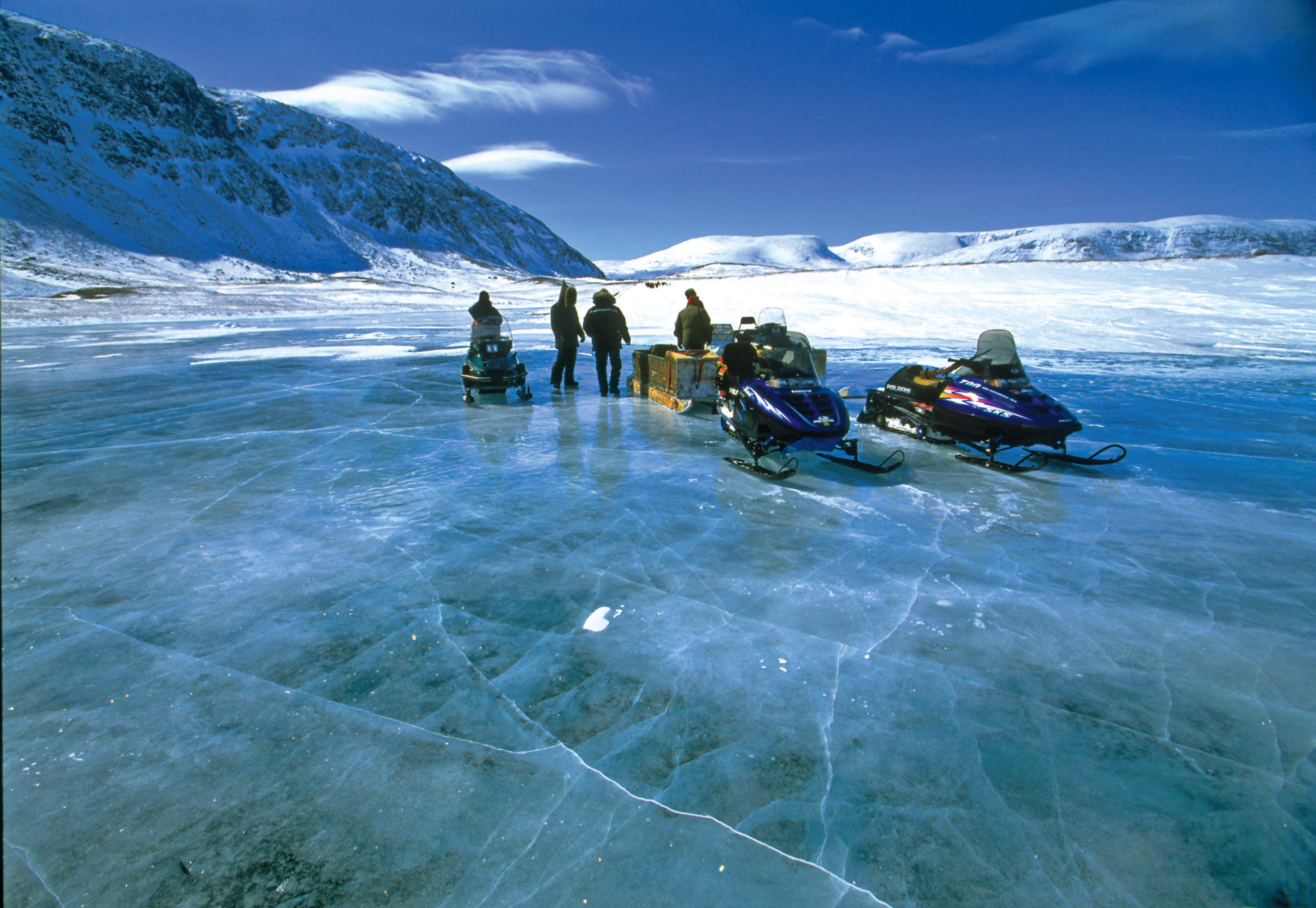Impacts of climate change on food security in Nunavik and Nunatsiavut

Publication Date
2012Keywords
NunavikNunatsiavutFood securityCountry foodWild foodHuntingFishingGatheringAdaptationThis document should be cited as:
Furgal, C., Chan, L., Tremblay, M., Rajdev, V., Barrett, M., and Sheldon, T. 2012. Impacts of climate change on food security in Nunavik and Nunatsiavut. In Allard, M. and M. Lemay (eds.) Nunavik and Nunatsiavut: From science to policy. An Integrated Regional Impact Study (IRIS) of climate change and modernization. ArcticNet Inc., Quebec City, Canada.
Abstract
Food security status in all Inuit regions, including Nunavik and Nunatsiavut, is significantly lower than the national average and individuals are reporting challenges in being able to access enough food as well as their preferred foods. As the Inuit diet is comprised of foods from both the store and local environment, food security is influenced by environmental, political, social and economic factors. The specific impacts of climate change and variability on market food transport, storage and distribution or country/wild food availability, accessibility and quality are difficult to predict. However, the relationship between weather variability and other changes in environmental conditions and their influence on country/wild food access in these two regions has been studied under several ArcticNet projects in recent years. Despite the recognized importance of country/wild foods to health and well-being, a decrease in their consumption is being observed over time. Yet, many residents still maintain a strong connection to the land through participation in hunting, fishing and collecting activities. While many residents are reporting that changes in local weather conditions and climatic norms are influencing the distribution or accessibility of key species, experienced hunters have developed certain coping mechanisms that have provided some protection, thus far, from the impacts of these changes on their ability to locate and acquire adequate country food resources. However, the limits of these adaptive strategies are not well understood. Local food support programs may be critical in assisting communities with adaptation to the many pressures on their changing food systems over time.